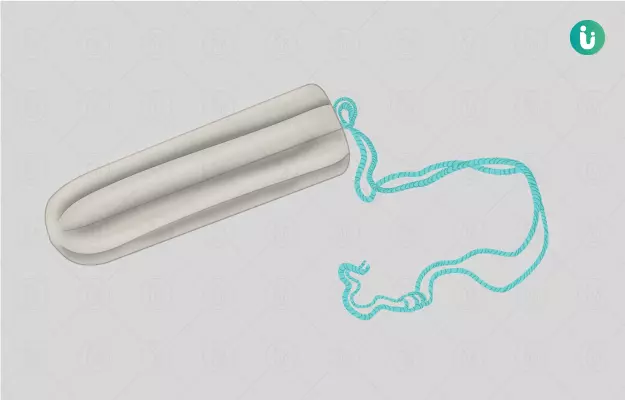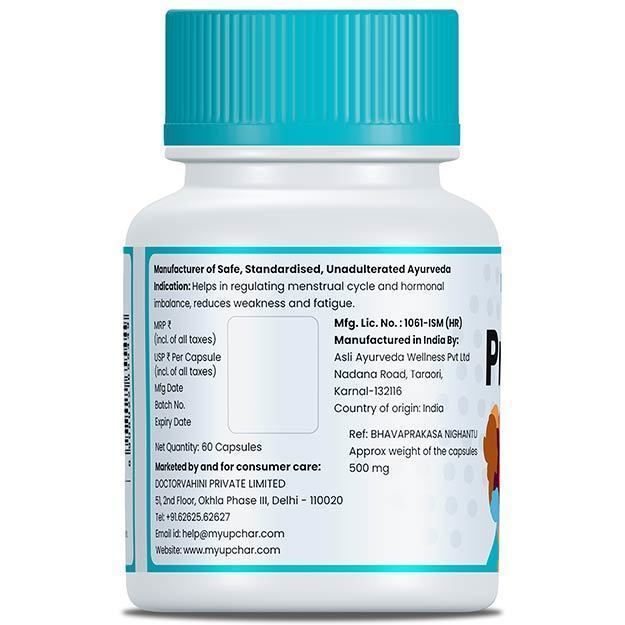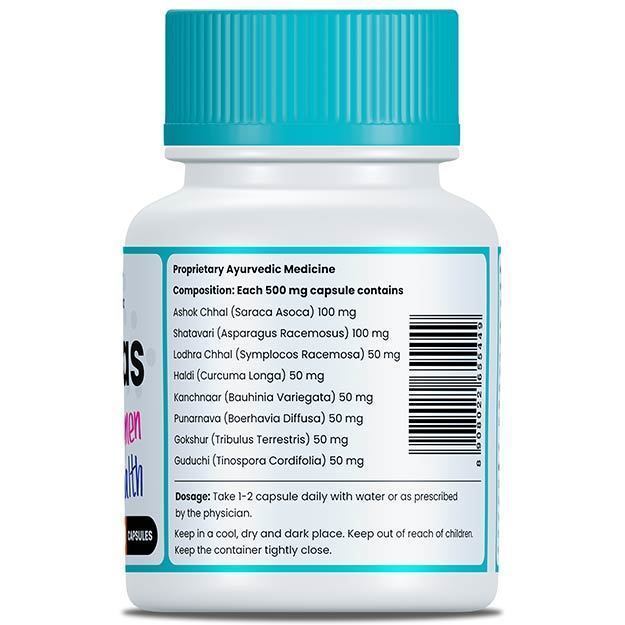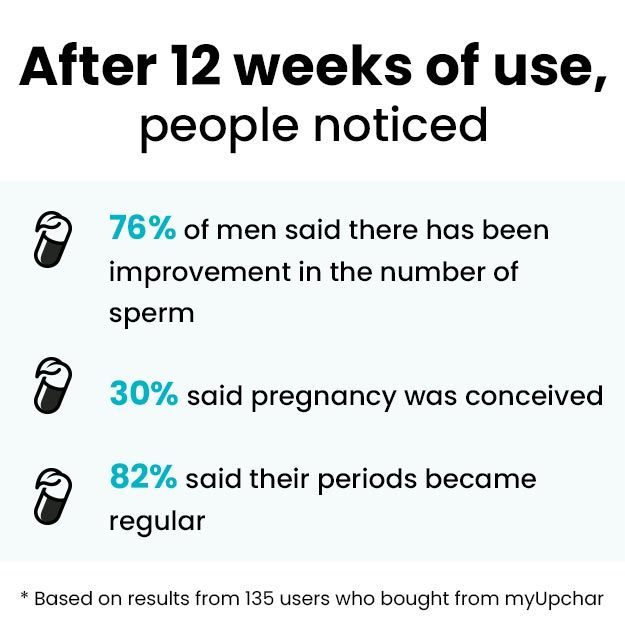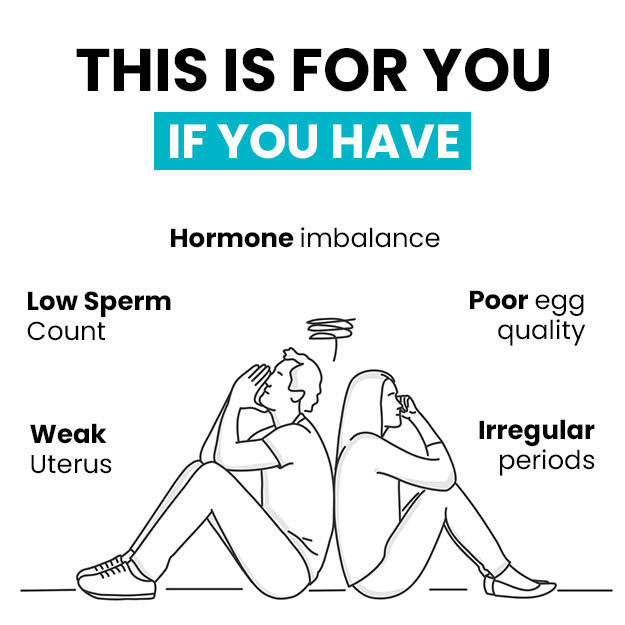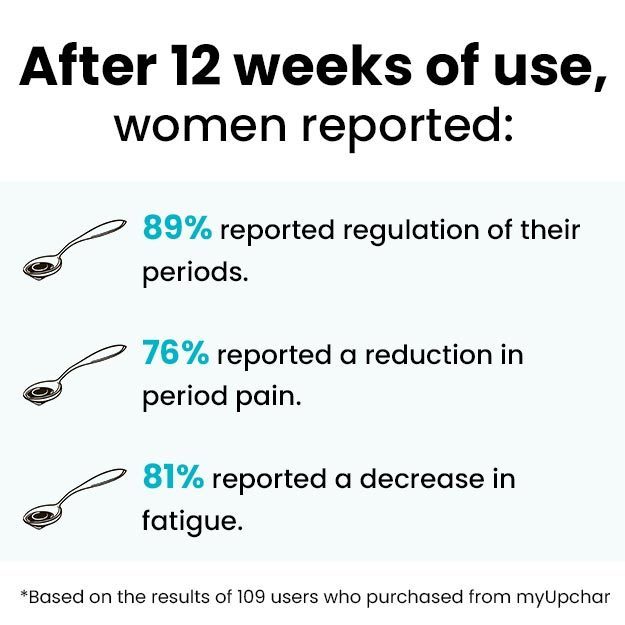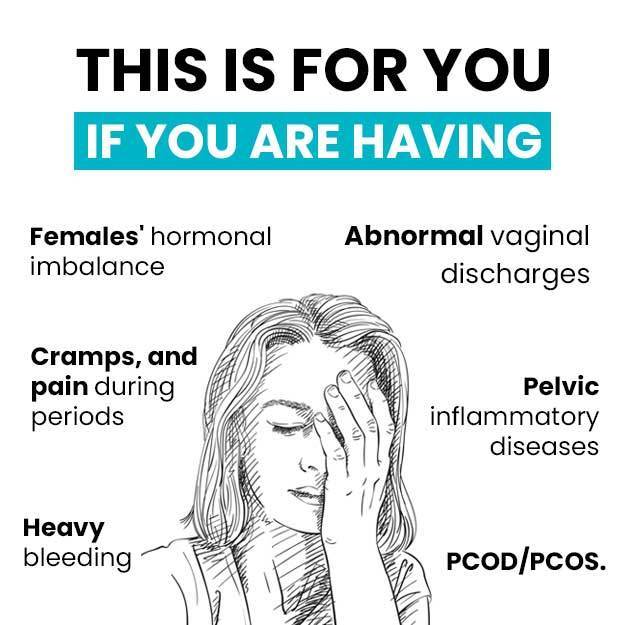The tampon is a female hygiene product that is inserted inside the vagina to absorb menstrual blood. Most girls prefer to use sanitary pads when they first get their periods for the sake of ease and convenience and maybe because of the various misconceptions and myths surrounding tampons. Are they safe to use? Do you lose your virginity when you use a tampon? Can it get lost inside your vagina?
Surely you might have also wondered about at least one of these questions, especially if you haven’t used a tampon before. But you would be glad to know that tampons are as safe as any other sanitary products. You just have to know the right way to use it.
New Year Bumper Sale @ Rs. 1
X

- हिं - हिंदी
- En - English
- Treatment
-
- Skin Issues
- Acne
- Fungal Infection
-
- Hair Problems
- Hair Growth
- Hair Dandruff
- Self-Analysis
-
- Chronic Diseases
- Diabetes
- Heart Care
- Weight Loss
- Sleep Support
- Liver Care
- Stress & Anxiety
- Our Brands
- Doctor Consultation
- Medicine A-Z
-
Health A-Z
-
- Treatments
- Home Remedies
- Herbs
- Surgery
- Lab Test
- Therapy
- First Aid
- Ayurveda
- Homeopathy
-
- Yoga And Fitness
- Fitness
- Yoga
- Weight Loss
- Weight Gain
-
- Other Topics
- Baby Names
- Beauty
- Healthy Foods
- Tips
- Health News
- Pet Health
- Men Health
- Medical Cannabis
- Login / Sign Up

